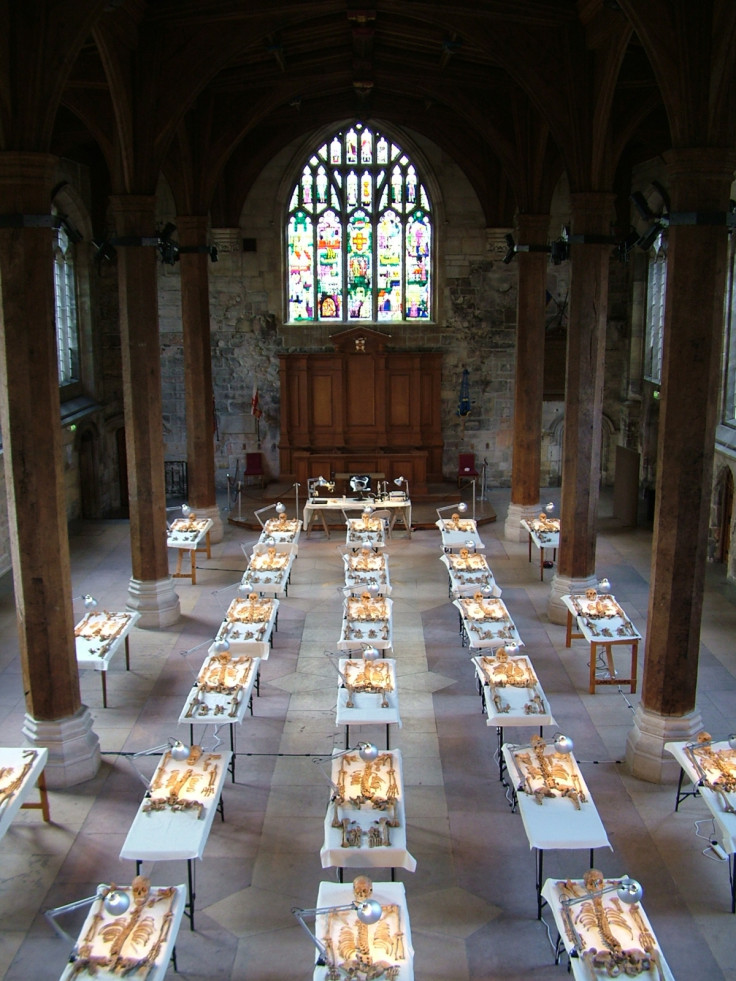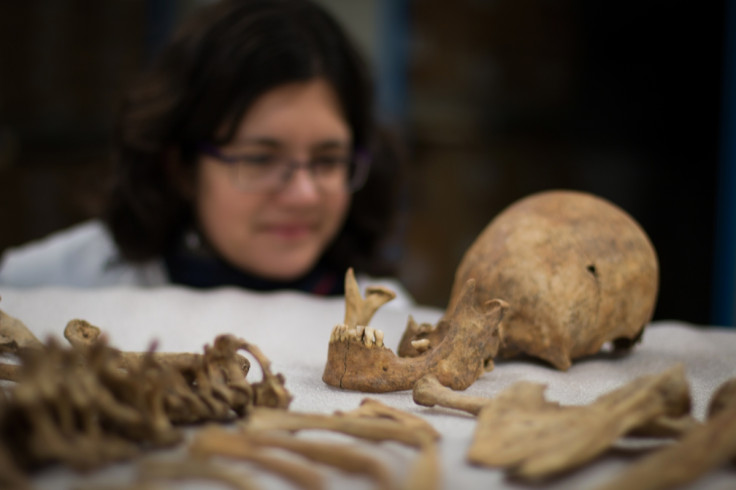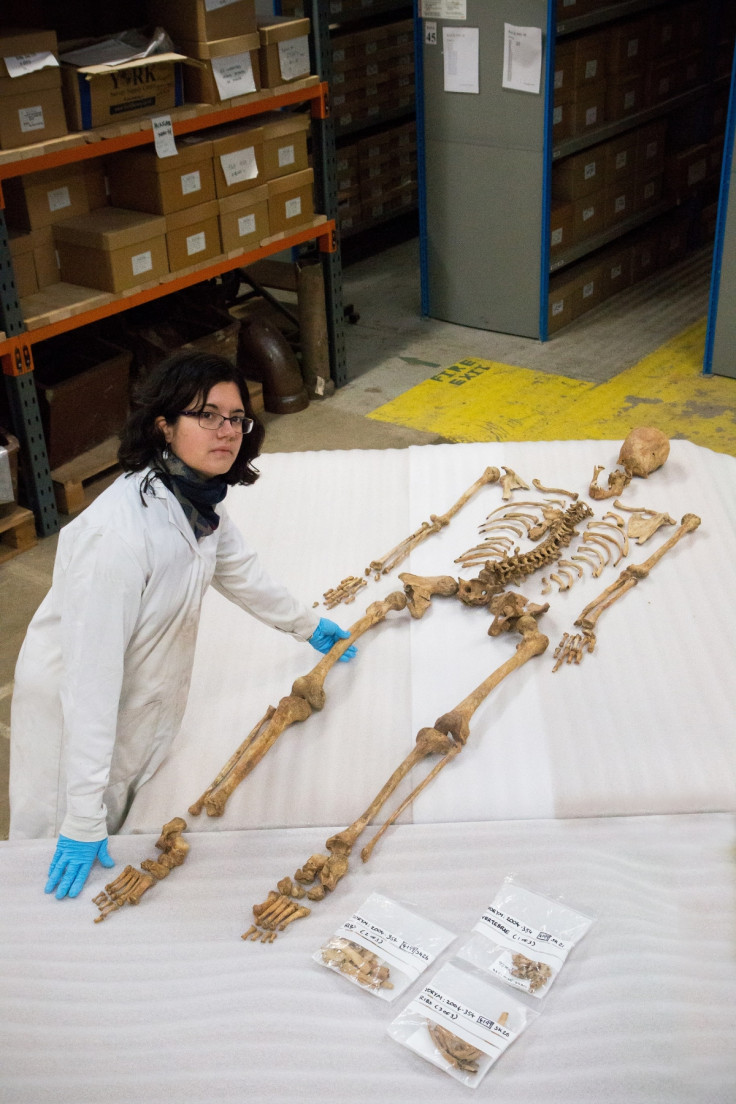One of York's decapitated Roman 'gladiators' came from the Middle East
A Roman-era skeleton discovered among 80 other decapitated 'gladiators' came from the Middle East, scientists have discovered. The whole genome analysis of seven of the skeletons discovered at the site in York has revealed the origins of these men, showing migration patterns during this period.
Of most surprise to the researchers, who published their findings in the journal Nature Communications, was the discovery that one of the men grew up in the region of modern-day Palestine, Jordan or Syria, before travelling to York where he met his death. The find shows the "cosmopolitan character" of the Roman Empire during the second and third centuries AD reached as far as its northernmost regions.

The 80 decapitated bodies were discovered more than a decade ago by York Archaeological Trust at Driffield Terrace. The bodies were all of men under the age of 45 and they had suffered from perimortem decapitation – so their heads were either cut off at or near the time of death. The skulls were buried with the bodies, with some being placed on the chest, between the legs or feet.
They were generally taller than average, appeared to have suffered childhood deprivation and showed signs of healed injuries, indicating battle trauma. For this latter finding, experts have long believed them to have been gladiators, soldiers or criminals. But little was known about who they were or where they came from.

Researchers chose seven of the 80 skeletons to carry out whole genomic analysis of. Six of them were found to have genomes similar to an earlier Iron Age woman from East Yorkshire, with the nearest modern descendants of the British men found in Wales. "Six of the Roman genomes show affinity with modern British Celtic populations, particularly Welsh, but significantly diverge from populations from Yorkshire and other eastern English samples," they wrote. "They also show similarity with the earlier Iron-Age genome, suggesting population continuity, but differ from the later Anglo-Saxon genome."
However, the other skeleton was of Middle Eastern origin. The authors say this is the first in-depth evidence for such far-reaching mobility during this period. Christine McDonnell, from York Archaeological Trust, said the find was a "huge step forward" in how we understand populations, migration patterns and the way people "moved around the ancient world".

"Whichever the identity of the enigmatic headless Romans from York, our sample of the genomes of seven of them, when combined with isotopic evidence, indicate six to be of British origin and one to have origins in the Middle East," the study said.
Rui Martiniano, one of the study authors, said: "This is the first refined genomic evidence for far-reaching ancient mobility and also the first snapshot of British genomes in the early centuries AD, indicating continuity with an Iron Age sample before the migrations of the Anglo-Saxon period."
© Copyright IBTimes 2025. All rights reserved.






















